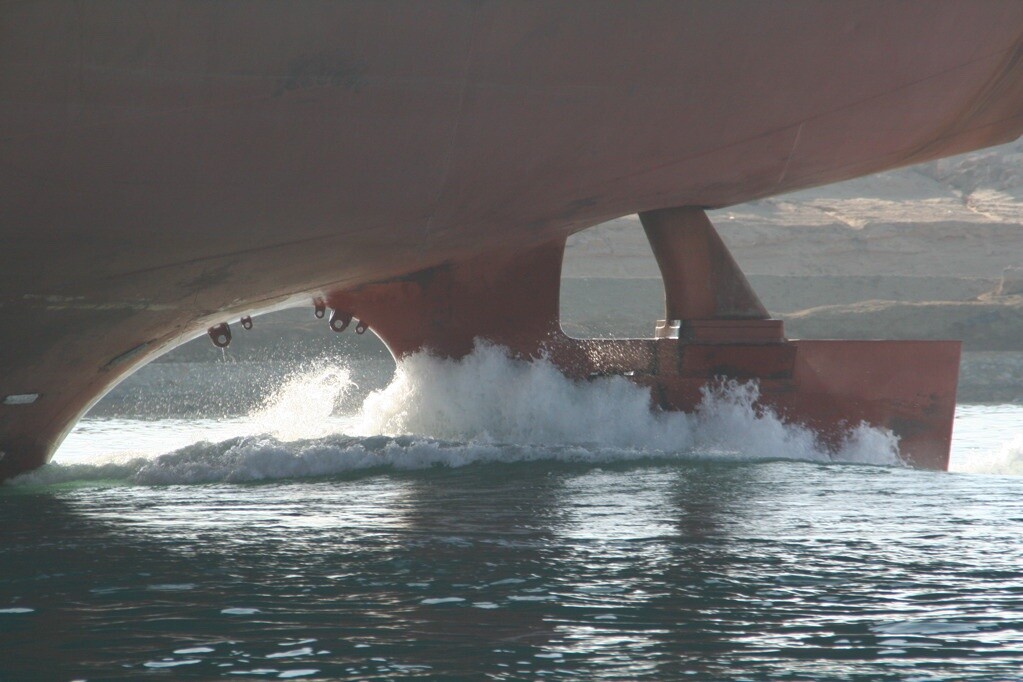Maneuvering Speed: Navigating Innovation with Purpose and Momentum

Innovation leaders: Choose speed over direction when ramping up innovation projects...
by Michael McKay, 27.09.2023
In the vast maritime world, a ship’s ability to change direction is not solely determined by its compass or the captain’s intent. It’s about the ship’s maneuvering speed – the momentum it needs to steer effectively. This concept, deeply rooted in maritime tradition, offers profound insights for innovation teams navigating the uncertain waters of development.
Just as a ship might initially point in the wrong direction, innovation teams might not get everything right the first time. However, what’s crucial is movement. A ship needs water flowing beneath its keel to generate the turning momentum, manipulated by the rudder. Similarly, as innovation teams gather initial results and insights, they can adjust their approach, much like how water’s incremental push aids the rudder. As the ship gains speed, the rudder’s influence becomes even more pronounced. In the same vein, as innovation teams build upon their initial tests and learnings, they can accelerate their pace, refining and testing subsequent prototypes with greater confidence.

https://themaritimepost.com/2021/02/video-how-does-a-ships-rudder-work/
It’s essential to broaden our understanding of ‘prototype’ in this context. Beyond the traditional hardware prototype, it encompasses any test vehicle – be it a business plan, a commercial campaign, a P&L sheet, or a service system. The primary characteristic of these prototypes is their role as learning vessels. They test our ideas, and the feedback they generate allows us to correct and refine our initiative’s direction.
Maneuvering speed is not just a maritime term; it’s a philosophy that champions momentum and action, even in the face of uncertainty.
However, one significant barrier often impedes this process: the fear of failure. Drawing back to our maritime analogy, imagine a ship’s captain hesitant to gain speed unless the ship is perfectly aligned. If a ship, idle at sea, is tossed about by waves, with its crew paralyzed by the fear of choosing the wrong direction, it would never move. The priority in such a situation would be to gain traction, ensuring the rudder can effectively steer. Similarly, innovation teams often find themselves in debates, deliberating endlessly on which concept to test or arguing for more analysis before building anything. But, much like the ship, the act of building and testing is akin to the water’s flow towards the rudder. It empowers the team, allowing them to steer their course effectively.
In conclusion, maneuvering speed is not just a maritime term; it’s a philosophy that champions momentum and action, even in the face of uncertainty. For innovation teams, it serves as a reminder that movement, even if initially imperfect, is crucial. By building, testing, learning, and iterating, teams can navigate challenges, overcome their fear of failure, and chart a course towards their vision with confidence and clarity.
Facts
Michael McKay has an impressive back catalogue of successfully introducing User Driven Innovation and co-creation cultures in large size organizations like Amazon and Paypal among others.
In a series of articles Michael McKay writes about how companies can utilize the potential of design.



